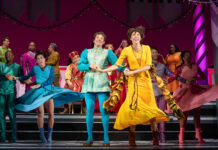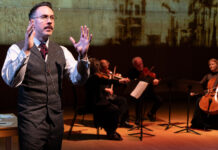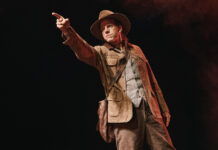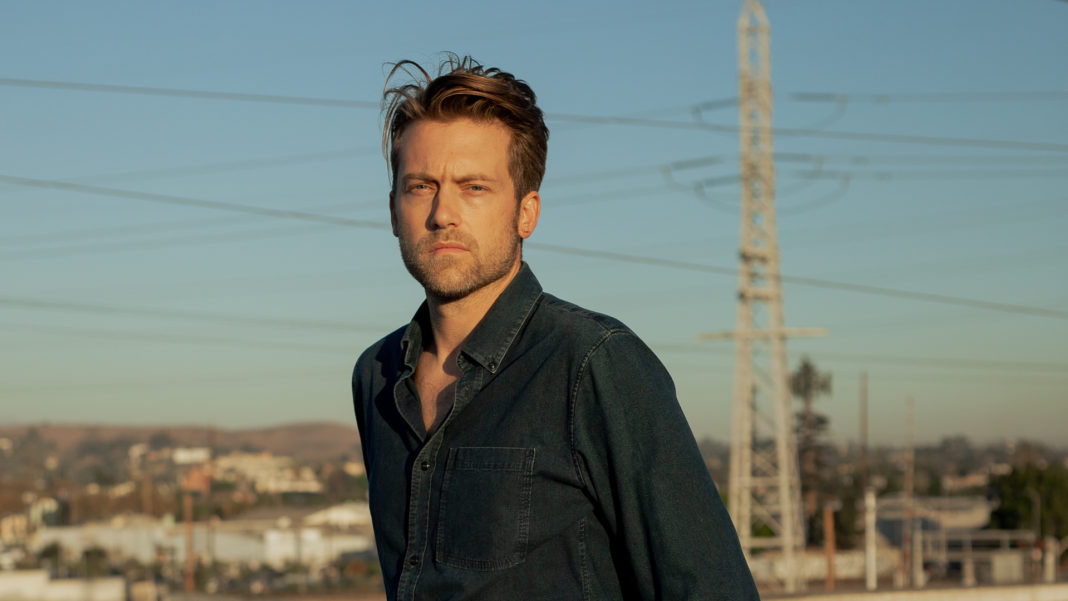When MTV was launched in 1981, the first video they played was Video Killed the Radio Star by The Buggles. Obviously video didn’t kill music. Three years later, director and designer James Darrah was born. Today he’s challenging the norms of how classical music and opera are presented and is proving to be just as innovative and just as much a disruptor of conventional norms.
It’s busy time for Darrah. He’s overseeing Los Angeles Chamber Orchestra’s Close Quarters series which just last week premiered their sixth new film and has a seventh scheduled for January 29th. Last week his digital short, The West is a Land of Infinite Beginnings (inspired by Missy Mazzoli’s opera, Proving Up) debuted on LA Opera’s website. On Friday a film he produced of David T. Little’s Soldier Songs for Opera Philadelphia premieres. Next week LA Opera offers two additional premieres: a film of the Ellen Reid and Roxie Perkins Pulitzer Prize-winning opera p r i s m and another digital short, Lumee’s Dream (inspired by p r i s m). That’s only what’s happening in January.

Truth be told, this entire column could be filled with just what Darrah has on his schedule. So I was pleasantly surprised when he took time last week to talk about his perspective on how cultural institutions can embrace today’s evolving technology. What follows are excerpts from that conversation that have been edited for length and clarity.
What do you think are the one or two most important things video/film can do for classical music and opera and is the pandemic how this voluminous amount of work came your way?
I think the pandemic has less motivated the content itself and more highlighted that certain cultural institutions were willing to embrace the way the internet works. There’s a reality of content and how it is put online and how people and what demographics work with that. I’ve been careful not to make content that feels about the pandemic, but the time has allowed the opportunity to shift the DNA to something that’s full of possibilities.
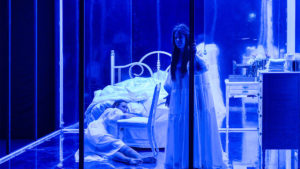
You directed p r i s m and Proving Up on stage. You were already making a name for yourself as a stage director, did this DNA shift create a cottage industry for you and has it redefined who you are as an artist?
It just made me realize that I don’t want my artistic practice to be narrowly defined. Opera files everyone away as a singer, designer, director…Most of the people I work with are breaking those boundaries down.
I’m annoyed when people say I’m an opera director. For Los Angeles Chamber Orchestra there’s no opera involved. I think this is the future of the form.
In terms of my own work, I was already asking “How do we embrace everyone who is on an app and can cultural institutions embrace that on a higher level?” Ownership is sexy. If you are doing a chamber concert, own it. But if you’re going to work in the visual world, work with what they do. All I’ve done is bank on the fact that there were audiences who didn’t want to watch musicians stare at scores. People are signing up to see something that will say something and move them and is still musically based. We’ll see how much further I can push that. The guiding principle is use this time to generate things that surprise people and create original content.
You’ve expressed in several interviews that performances in empty venues with masks has value “relegated to the audience that already existed.” How do you think your work will translate into people attending live performances once it is safe to do so?
I’m always careful to say I’m not advocating for abolishing of live performances. We can’t have them now, so cultivate that audience and point them to voice and instruments live. It doesn’t mean every concert or opera needs the same visual acumen. But you should be known as a curator of sound in the community and how sound interacts with visuals. What’s the hook that makes me want to seek that out? It emboldens a brand and brings new people into a concert.
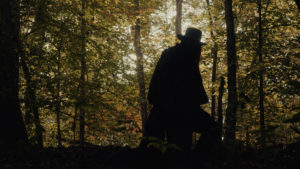
You get to revisit both p r i s m and Proving Up with these digital shorts. How did the time and distance away from the productions of those works allow for a new perspective for you?
Both are in the universe of those pieces, but are something all by themselves. They are both different.
Proving Up is an excerpt, but I didn’t want it to feel like an excerpt. It was an opportunity to lean into 1980s and 90s counterculture. I’m using all my favorite horror movies and there’s a twist that allows us to think about the mystique of it. Let’s not tell the story of Proving Up, but let’s build mythology around this character and what he would look like in 2021.
p r i s m also inspired another visual realm of universe. That is a more sensory experience and it is long form. They feel rooted in the same peripheral universe.
Later this year you are scheduled to direct the world premiere of John Corigliano’s new opera, The Lord of Cries at Santa Fe Opera. What can you reveal about that project?
I’ve seen the whole score and it is wild. Whether you are in the theatre or out of the theatre you are in for an exciting ride. It is really bold orchestrally. It’s the same design team that did Breaking the Waves and Proving Up with me. I can’t say too much about it, but people will be surprised.
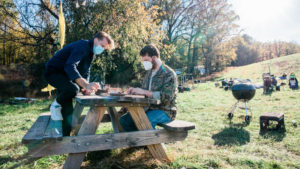
There are probably a lot of people who would say what you’re doing is detrimental to classical music.
I have so many friends in other art forms say they didn’t know that LACO existed. I feel there are big seismic shifts happening everywhere. We look and we pretend it shouldn’t happen in the culture world. What are we going to do to actually shift it?
For ten years I’ve heard this lip service that our audiences are dwindling, donors are dying off and classical music is dying. Well maybe there’s something occasionally that gives this life.
Can we just all agree to do something about it? You have to play by the rules of what Gen Z does. Use the internet the way they do.
Main Photo: James Darrah (Photo by Jordan Geiger/Courtesy Aleba & Co.)


